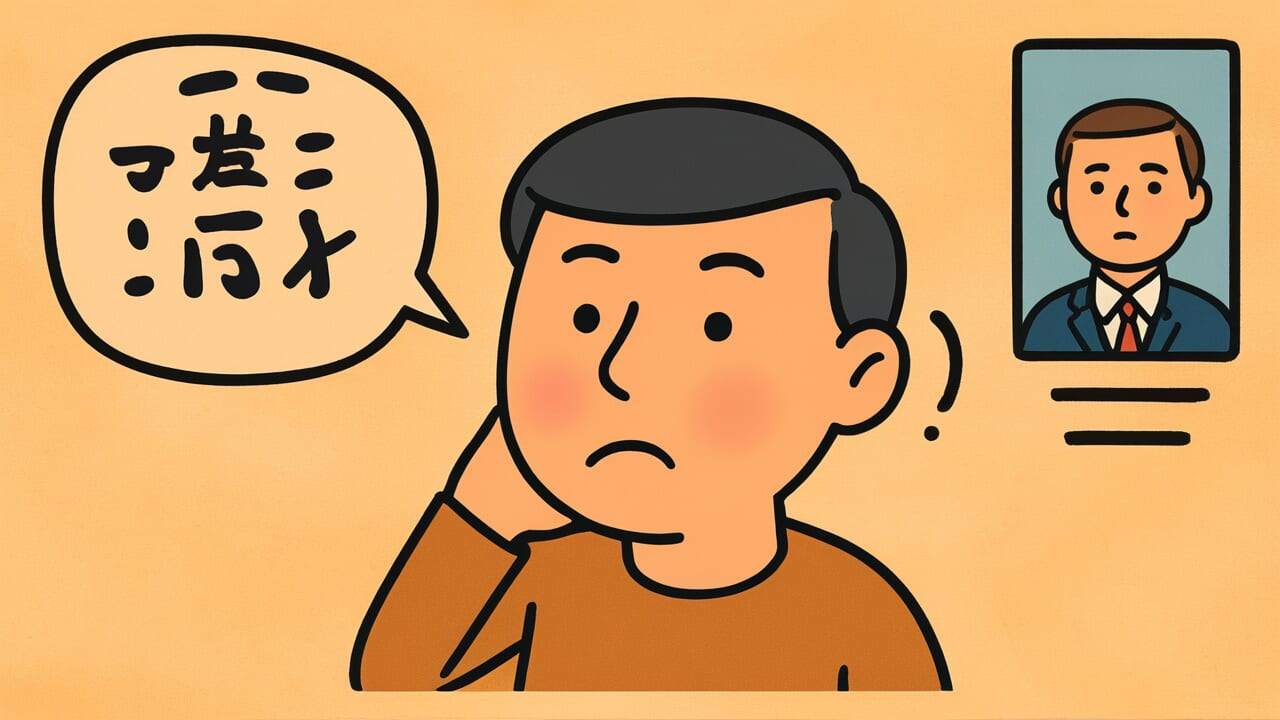How to Read “When you love, you get pimples; when you’re loved, you get boils”
Omoi mensō omoware menpō
Meaning of “When you love, you get pimples; when you’re loved, you get boils”
This proverb expresses a folk belief about romantic feelings and facial blemishes. When you have feelings for someone, you get mensō, which are larger pimples. When someone has feelings for you, you get menpō, which are smaller pimples.
Young people mainly use this expression. They connect facial blemishes to romance in a playful way.
Friends might tease each other by saying, “You got a pimple! Do you like someone?” People also use it when they notice their own blemishes and realize they might be in love.
Even today, some people connect pimples to romance. This is a remnant of the old folk belief.
There’s no medical basis for this idea. But it captures something real about how emotions affect our bodies.
People long ago expressed through pimples the idea that love stirs the heart and impacts the body.
Origin and Etymology
No clear written records explain the exact origin of this proverb. However, we can learn interesting things from how the words are structured.
“Mensō” and “menpō” both refer to facial blemishes. Mensō means relatively large swellings. Menpō means smaller pimples like acne.
The distinction between these two types makes the proverb interesting.
“Omoi” means the feeling of loving someone. “Omoware” means being loved by someone.
So people who have one-sided love get mensō. People who are loved by someone get menpō. The proverb creates a contrast between these two situations.
We don’t know exactly when this folk belief spread. But people were likely talking about it during the Edo period among young people.
Facial blemishes were a major concern for adolescents. Young people troubled by love would look at pimples on their faces. They would wonder if this was a sign of their own feelings or if someone was thinking of them.
This folk belief has no medical basis. But it shows a youthful way of thinking that connects romantic feelings to physical changes in the body.
Usage Examples
- I’ve been getting more pimples lately. They say “When you love, you get pimples; when you’re loved, you get boils,” so maybe someone likes me.
- My daughter got a pimple on her cheek. I teased her with “When you love, you get pimples; when you’re loved, you get boils,” and she looked embarrassed.
Universal Wisdom
This proverb has been passed down because of a deep human desire. People want to make invisible emotions like love somehow visible and confirmable.
When we’re in love, we swing between anxiety and hope. How does the other person feel about me? Are my feelings reaching them? Or is this one-sided?
For these unanswerable questions, people long ago sought “evidence” in bodily changes.
Connecting pimples to romance shows deep human understanding. Everyone experiences this physical phenomenon.
Love actually does cause changes in our mind and body. We get nervous and our hormones become unbalanced. We can’t sleep. Our appetite changes.
People long ago captured these changes through the form of pimples.
What’s even more interesting is the distinction between “loving” and “being loved.” People are moved not just by the pain of loving someone. They’re also stirred by the possibility that someone might love them.
This folk belief shows that romance always exists within a two-way relationship. You don’t just love one-sidedly. You can also be in the position of being loved.
Expressing both sides through different types of pimples shows insight into the subtleties of human relationships.
When AI Hears This
In quantum entanglement, two particles remain connected even when separated. When you observe one particle, the other’s state is instantly determined.
This proverb has the same structure. Person A’s feelings for Person B and the pimple on Person B’s face are spatially separated. Yet the proverb claims they’re correlated.
What’s interesting is the hidden “observation problem” here. In quantum entanglement, the act of observation determines the state.
In this proverb, Person A’s “feelings,” which are an unobservable internal state, appear as Person B’s “pimple,” which is an observable physical phenomenon. Invisible emotion converts into visible symptom.
In other words, this is an attempt to indirectly detect unmeasurable romantic feelings through measurable physical indicators.
Even more fascinating is the direction of causality. Quantum entanglement has no time order of “which came first.”
This proverb also doesn’t establish a clear causal arrow between the person loving and the person loved. Does B get a pimple because A loves B? Or does A love B because B is in a state of getting pimples?
This ambiguity is the essence of non-local correlation.
An old folk saying has the same logical structure as a cutting-edge concept in modern physics. Human intuition may have sensed mysterious correlations long before science proved them.
Lessons for Today
This proverb teaches us a truth about the deep connection between mind and body. Not just in romance, but our emotions always appear in our bodies in some form.
When we’re nervous, our palms sweat. When we’re sad, tears flow. When we’re happy, we naturally smile.
Paying attention to changes in your body gives you clues about your emotional state.
This proverb also teaches the importance of believing in invisible things. You can’t measure the emotion of love. You can’t know for certain if someone loves you.
Still, people find hope in small signs and move forward. Even without scientific basis, believing can give you courage.
Modern society tends to try explaining everything logically. But human emotions and relationships have many parts that data can’t measure.
Sometimes we need the playfulness of folk beliefs like this. We need room to enjoy the movements of our own hearts.
Why not listen more carefully to the signals your heart sends to your body?



Comments